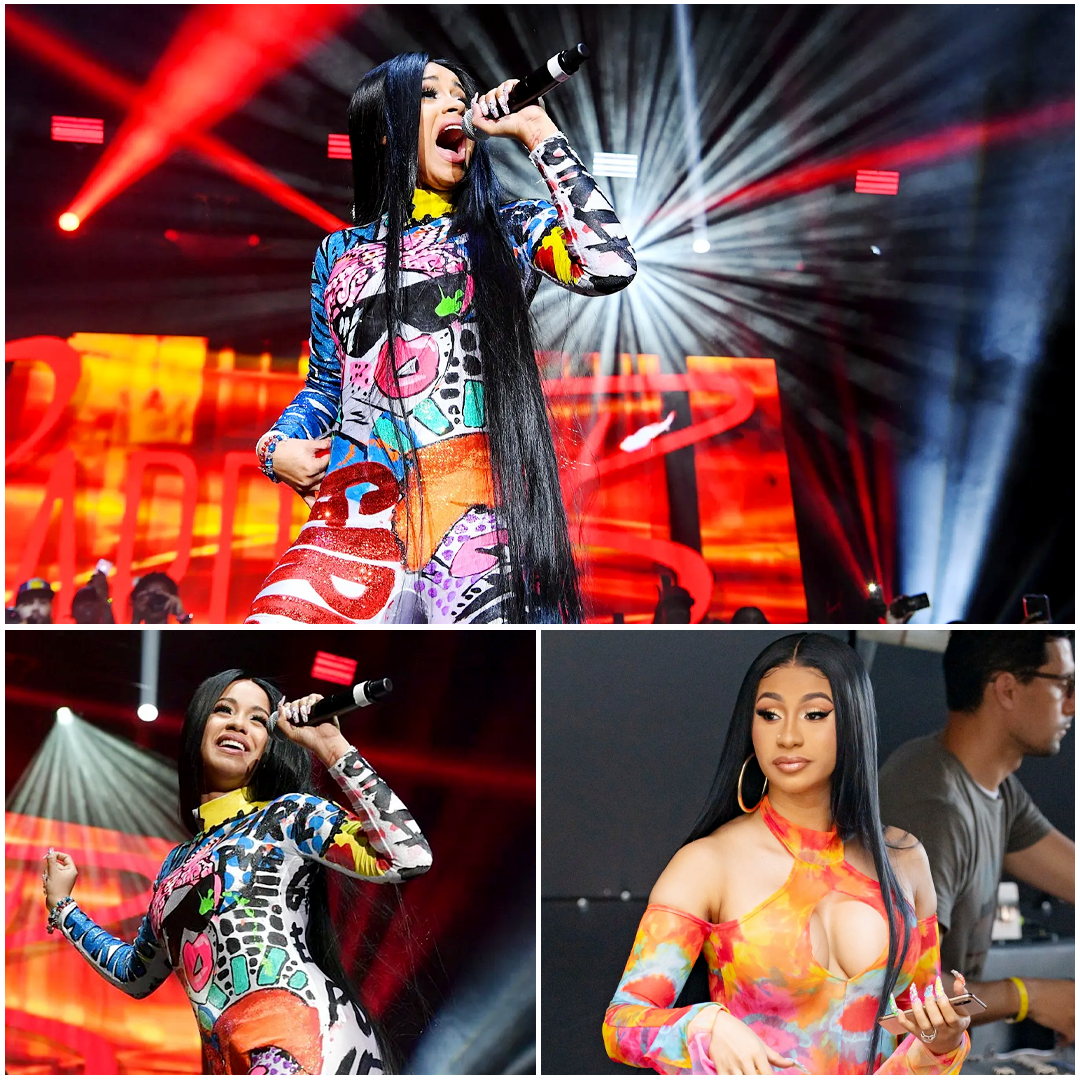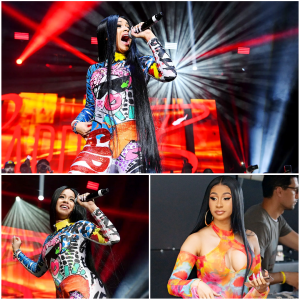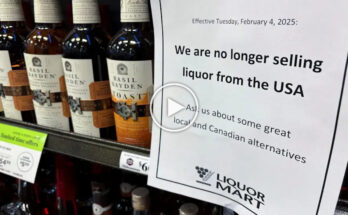Cardi B’s Billboard Crown Isn’t an Accident – It’s Streaming’s Advantage!
Cardi B has always been clear. In 2015, having just joined the New York cast of VH1’s reality show Love & Hip Hop , she uploaded a video to Instagram—a clip that evoked independence and authenticity along with Bronx charm. “My manager made me take media training for interviews,” she tells the camera in the clip, “and guess what? I’m adopting a ‘what-do-you-care’ mentality because I want to talk at a level where people can relate to me. I don’t care if people like me or not. I’m not going to be fake.”
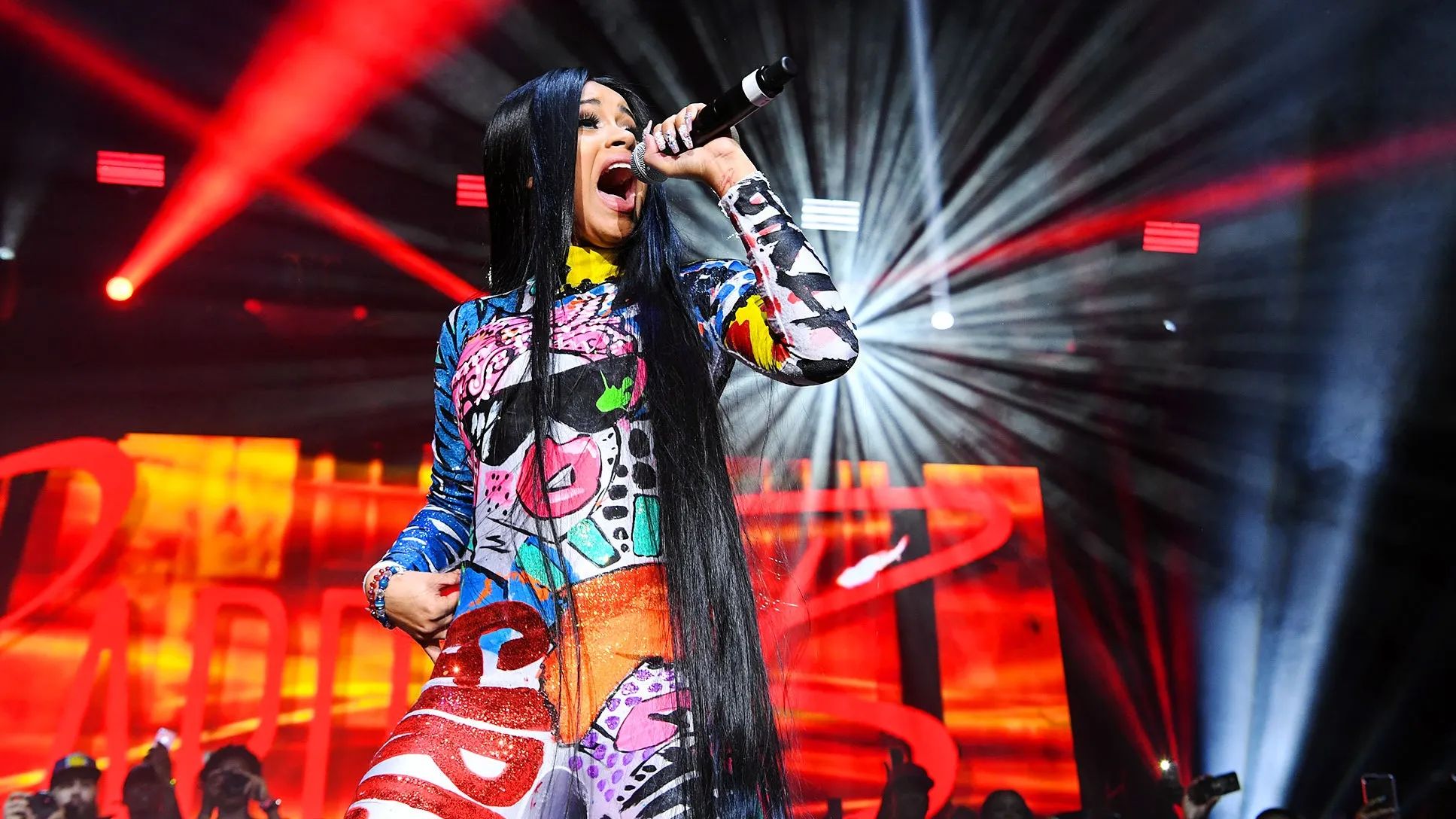
The 24-year-old rapper born Belcalis Almanzar has exploded over the past two years. After parlaying social media fame into a lasting reality, she’s transitioned into a rap career that’s more impressive than its start: Last week, she became the first female rapper since Lauryn Hill (and only the second in history) to reach the top of the Billboard Hot 100 without a guest appearance. The song that helped Cardi take the spot was “Bodak Yellow (Money Moves),” a modern tale of steely determination (part of the song’s structure is modeled after Kodak Black’s “No Flockin’”). Brash and seductive, it’s a track that’s brimming with success, and its topping the chart not only makes Cardi’s prediction come true but also signals a permanent shift in the pop power calculus.
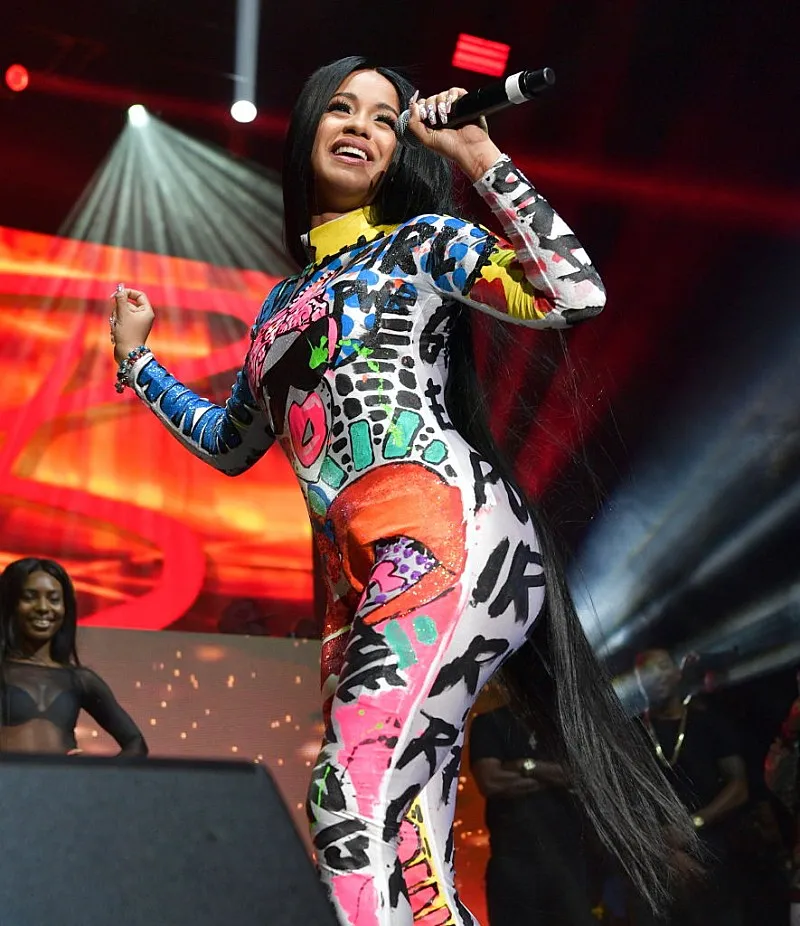
In form and function, “Bodak Yellow” is an icon of New York City summer music, forged from the same source that has produced Bobby Shmurda’s “Hot Nigga” and Young MA’s “Ooouuu” in recent years. But NYC summer anthems don’t typically hit the Billboard Hot 100. “Bodak Yellow” feels “a little more ambitious and accessible” than its predecessors—“perfect to shout at a party, on the freeway, or in an Instagram caption,” says Rawiya Kameir, deputy editor of The Fader , who has written two stories about Cardi B since 2016. [Disclosure: As a former editor at The Fader , I worked with Kameir on both stories.] More importantly, she says, the song shares a strange quality with successful pop songs: “It’s just familiar enough to catch your ear, but also off-kilter enough to stick.”
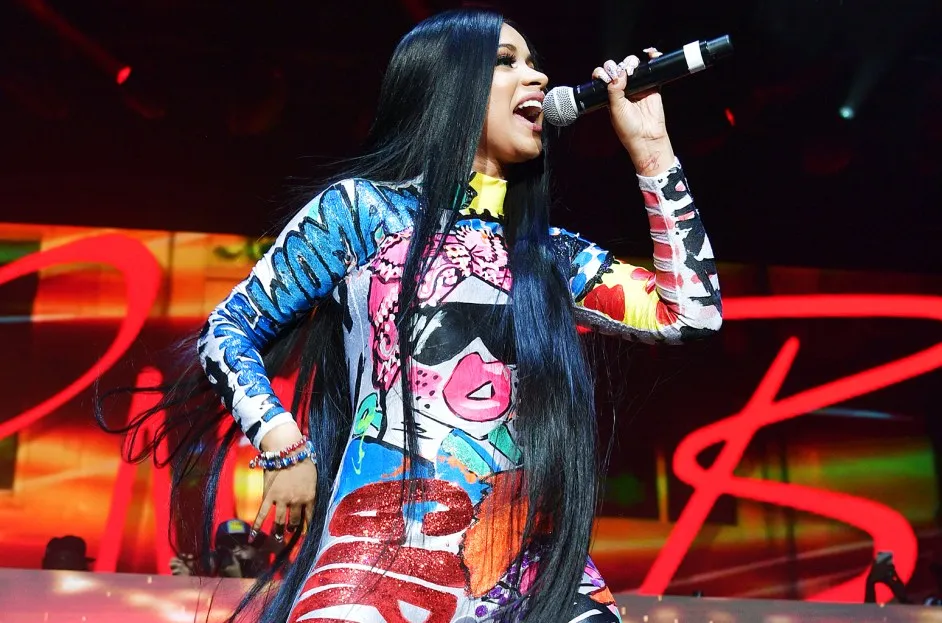
Today, a song like “Bodak Yellow” has a new path to the top of the charts: streaming. “Streaming platforms have democratized the chart,” says Carl Chery, head of artist selection for Apple Music. In 2014, Billboard began integrating data from streaming services as well as individual song sales, including platforms like Spotify, Google Play, and Apple Music. Chery recognized the heat in “Bodak Yellow” early on; after its June release week, he added it to the A-List: Hip-Hop playlist, one of the most popular on the service. Streaming spiked 124% in its first week, and, according to the company, “Bodak Yellow” has continued to appear on its Hot Songs report ever since. Its run on Spotify is also impressive: it has amassed 96 million streams to date, boosting its chances of landing on the Billboard charts.
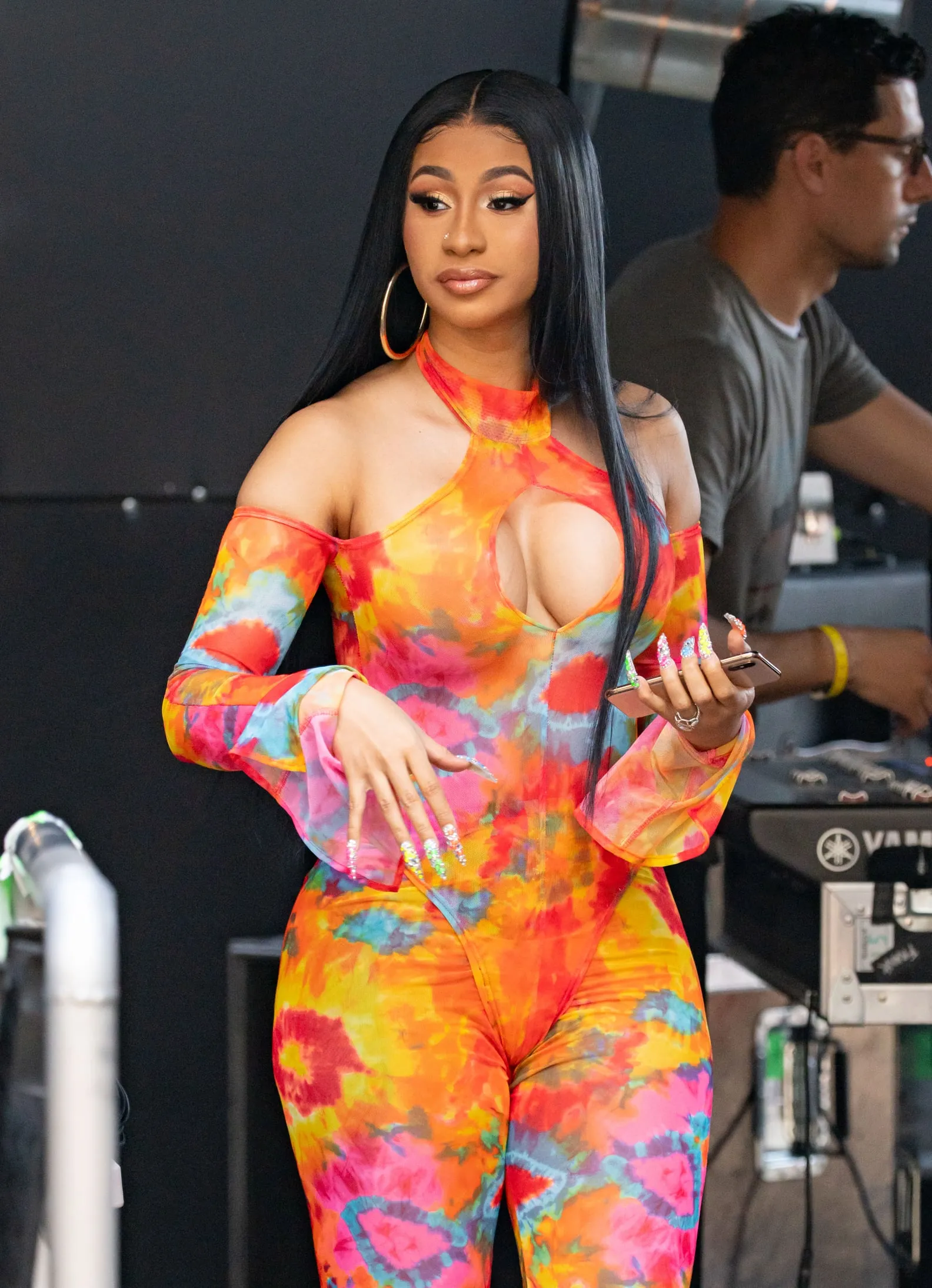
But the rise of “Bodak Yellow” isn’t a simple story of a local hit going mainstream. Like a young Cassius Clay facing off against undefeated heavyweight Sonny Liston in 1964, Cardi faced off against Taylor Swift’s “Look What You Made Me Do,” a massively positive hit with the kind of impact that almost always guarantees artists like Swift a top spot. That’s only to get to the top, though; “Bodak Yellow” held its position for a second week by fending off not just Swift, but another airplay contender, Post Malone’s “Rockstar.” Popularity in music often comes with rules—and Cardi has broken many of them.
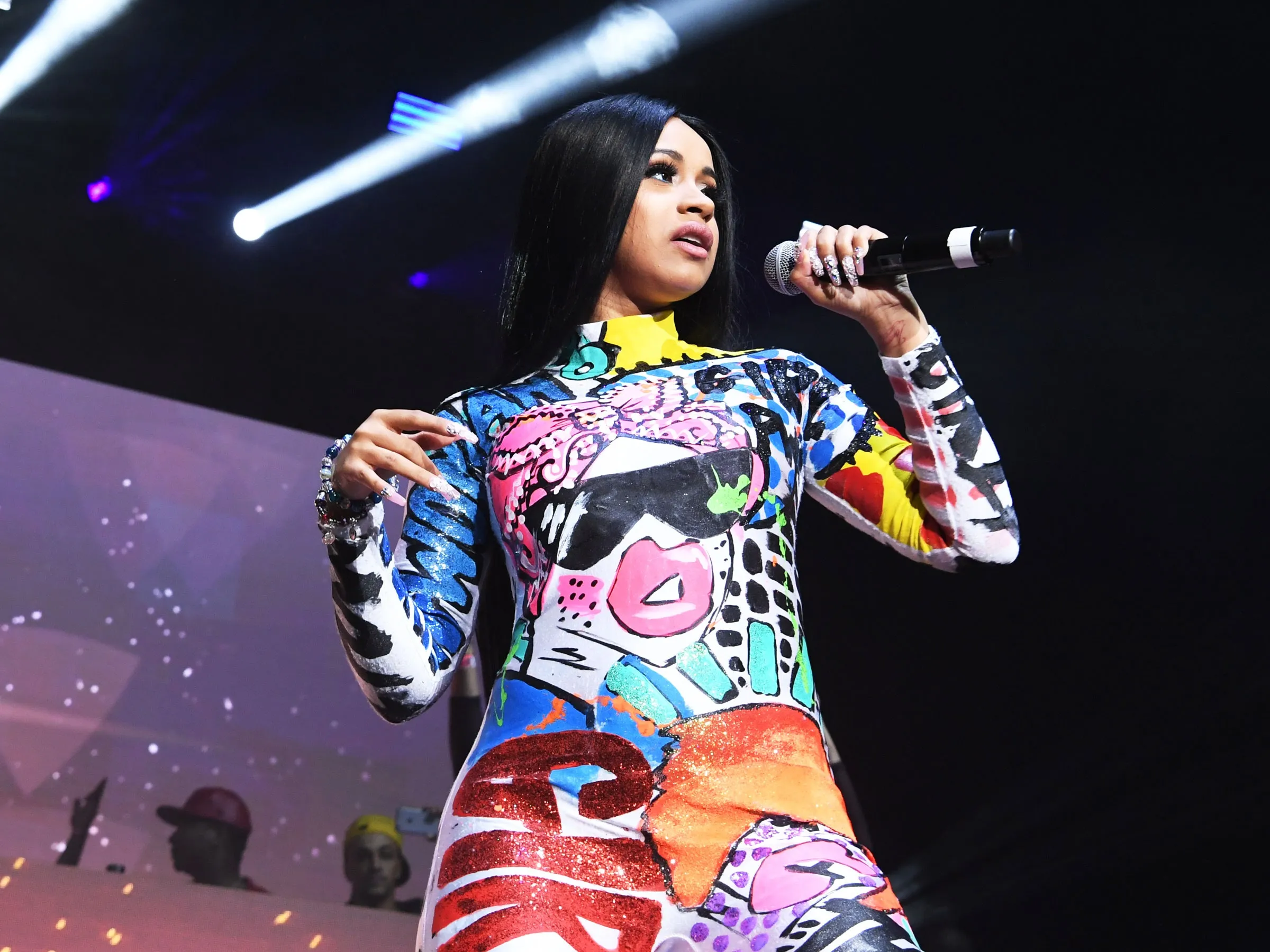
If Swift’s public image is one of artificial control and small-town purity, Cardi B has taken the opposite approach: she’s a fiercely determined presence on Instagram (regularly posting videos of her family life from her Washington Heights home) and speaks with such unguarded openness that she once confessed that, when she travels, she carries a dagger between her buttocks for protection.
By simply being herself, Cardi B has unwittingly and unintentionally mastered the art of what researcher Nehal El-Hadi calls “distinctive presence”—and her story of protest has resonated deeply with her fans.
By simply being herself, she has unwittingly and unintentionally become what writer and researcher Nehal El-Hadi calls “a creative presence”—that is, “the creation, curation, and distribution of content and stories that focus on marginalized individuals and reflect the existence in the world of marginalized groups in an authentic and representative way.” Not surprisingly, Cardi B’s counter-narrative resonates deeply with her fans: Known affectionately as the #BardiGang, they have helped turn Cardi’s most unique identity into chart success. The success of “Bodak Yellow,” in Chery’s words, is not just about the song but also about “her well-documented rags-to-riches story. We’re all rooting for her—she’s the people’s champion.”
The rise of “Bodak Yellow” is another sign: that albums are becoming less and less important. Consider songs on similar trajectories, like Rae Sremmurd’s “Black Beatles” and Migos’ “Bad and Boujee”—songs that had massive viral payoffs and nearly eclipsed their respective albums (both peaked at number one on the Hot 100). They’re not just songs; like “Bodak Yellow,” they’re moments. But consider the state of the music industry. If playlists have elevated our investment in a song-based economy, and a song like “Bodak Yellow” has given new meaning to chart importance and earned Cardi a place in history, then perhaps albums no longer matter. (Even Drake insists on calling More Life a playlist, not an album.) There’s power in the playlist—which means there’s power in the song.
Whether or not albums lose their relevance in the years to come, Chery remains unmoved by one fact: As streaming services expand, songs will become more popular faster. He points to Post Malone, whose 21 Savage-assisted “Rockstar” racked up more than 25 million streams to break Apple Music’s one-week record and debuted at number two on the Hot 100. (On Spotify, the song has racked up 105 million streams since its release.) Combined with “Bodak Yellow,” its ascent confirms an inevitable shift: Artists can continue to release albums and radio can continue to play singles, but in the foreseeable future, streaming performance will largely dictate who tops the charts.
